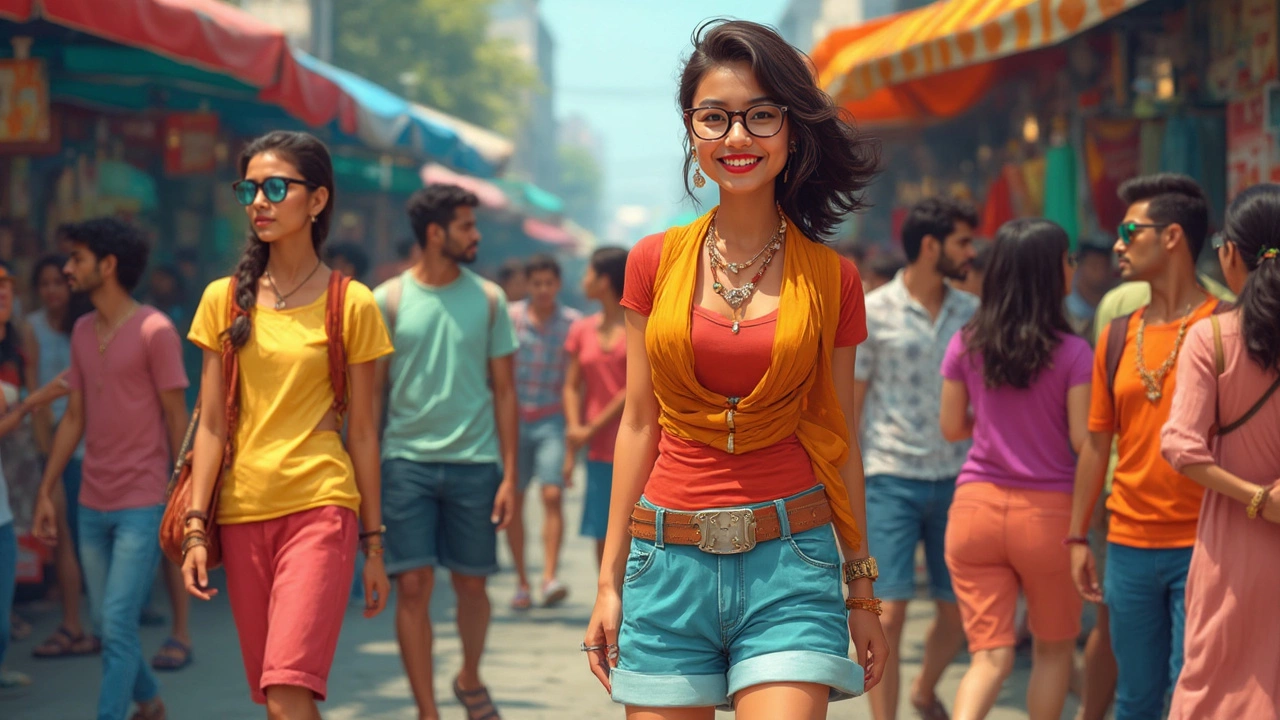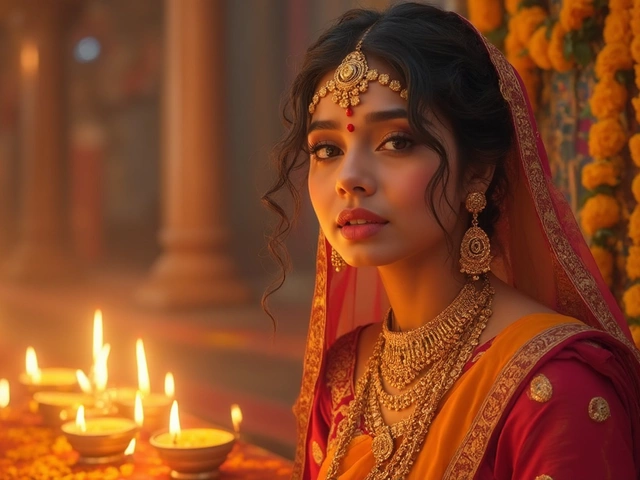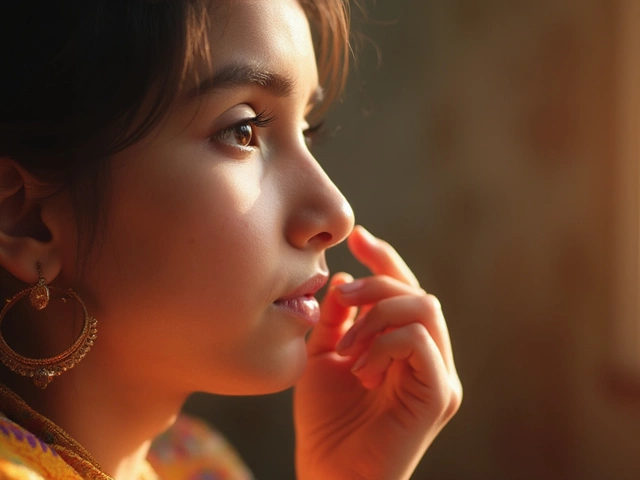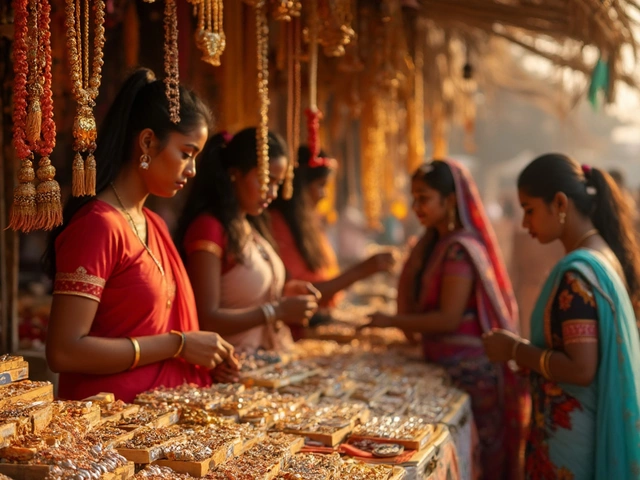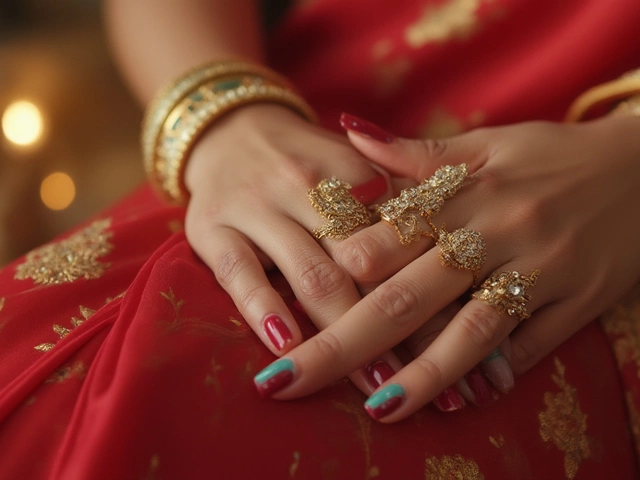Dress Code India: Your Quick Guide to Getting It Right
Feeling confused about what to wear to an Indian gathering? You’re not alone. India’s climate, cultures, and occasions bring a lot of choices, but the rules aren’t as hard as they seem. Below you’ll find simple pointers that help you pick the right outfit without overthinking.
Traditional Events and Their Dress Codes
Weddings, festivals, and religious ceremonies usually call for bright colors and rich fabrics. For a Hindu wedding, men often choose a kurta or bandhgala in silk or brocade, paired with a churidar or tailored trousers. Women typically wear a saree or a lehenga in fabrics like silk, chiffon, or georgette. Avoid all‑white attire unless you’re attending a mourning function.
When you’re invited to a Sikh ceremony, a simple kurta‑pyjama in cotton or linen works well. Women can opt for a modest salwar‑kameez with a dupatta that covers the shoulders. The key is modesty and respect for the venue’s customs.
Festival celebrations such as Diwali or Holi love vibrant hues. Think reds, oranges, and golds for men, and colorful sarees or anarkalis for women. Light fabrics like cotton or linen keep you cool, especially if the event spills outdoors.
Modern Settings: Office & Casual Wear
Corporate offices in India generally follow a smart‑formal dress code. Men should wear a well‑fitted shirt, trousers, and a blazer if the company is more formal. A crisp, neutral‑colored shirt (white, light blue) pairs nicely with dark trousers. Women can choose a pantsuit, a modest kurti with tailored pants, or a simple saree in muted tones.
Casual Fridays or start‑up environments are more relaxed. A neat polo shirt or a plain tee with chinos works for men. Women can go for a casual kurti, a midi dress, or a comfortable linen shirt‑dress. Keep the look tidy—no ripped jeans or overly loud prints.
When you’re heading to a dinner party or a friend’s house, smart‑casual is the safe bet. Men might wear a button‑down shirt with dark jeans; women can wear a flowy maxi dress or a stylish jumpsuit. Add a touch of traditional flair—like a embroidered dupatta or a subtle zari border—to show cultural pride.
Remember the fabric game. Cotton and linen are breath‑friendly for hot months, while silk and velvet feel right for cooler evenings. Match the fabric to both the climate and the event’s formality.
Here are three quick rules to keep in mind:
- Color matters: bright for celebrations, muted for work.
- Fit matters: clothes that fit well always look better than expensive but ill‑fitting pieces.
- Respect matters: follow any dress guidelines mentioned on the invitation.
With these tips, you won’t waste time guessing what to wear. Just pick the right combination of color, fabric, and fit, and you’ll feel confident wherever you go.
Got a specific event in mind? Jot down the venue, time of day, and any dress instructions you received. Then match those details with the guidelines above. You’re set to impress and stay comfortable.
Can Females Wear Shorts in India? Fashion, Comfort, and Reality
Wondering if women can actually wear shorts in India? This article dives into where it's okay, what people really think, and how things are shifting in cities, small towns, and colleges. Get useful tips for picking the right style, staying safe, and feeling confident about your choices. We’ll cut through all the opinions and give you the real picture, plus hacks to make shorts work for you anywhere in India.
